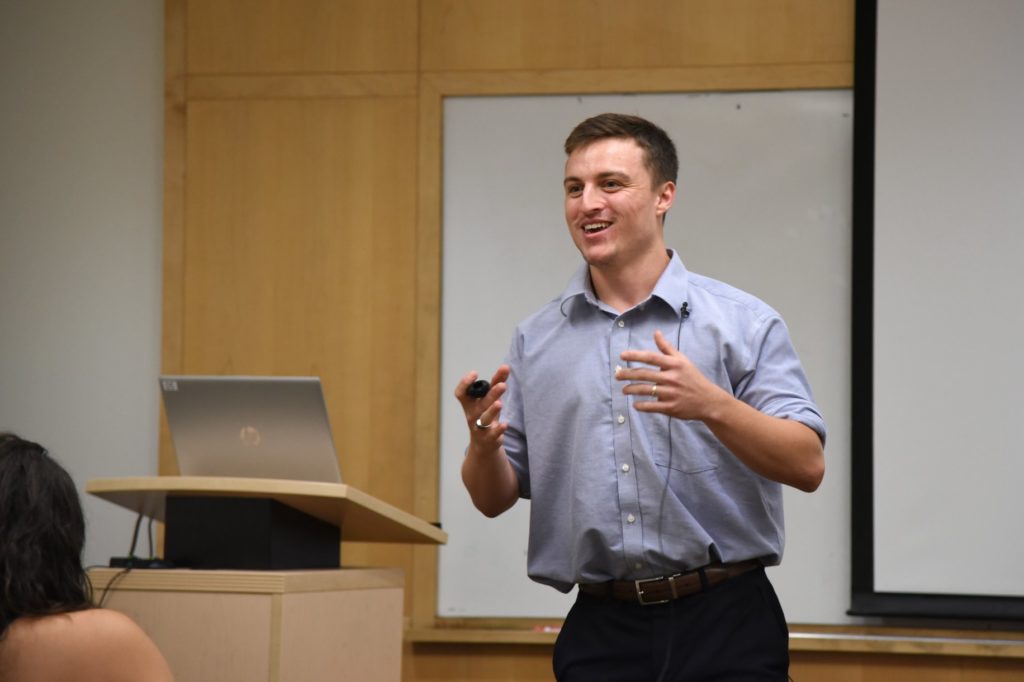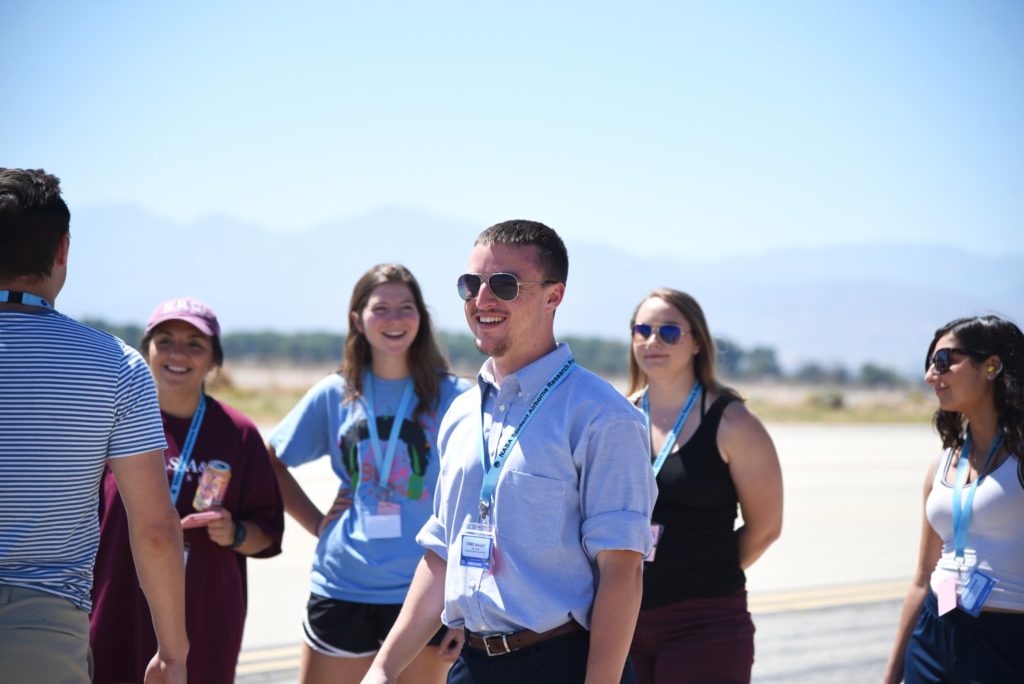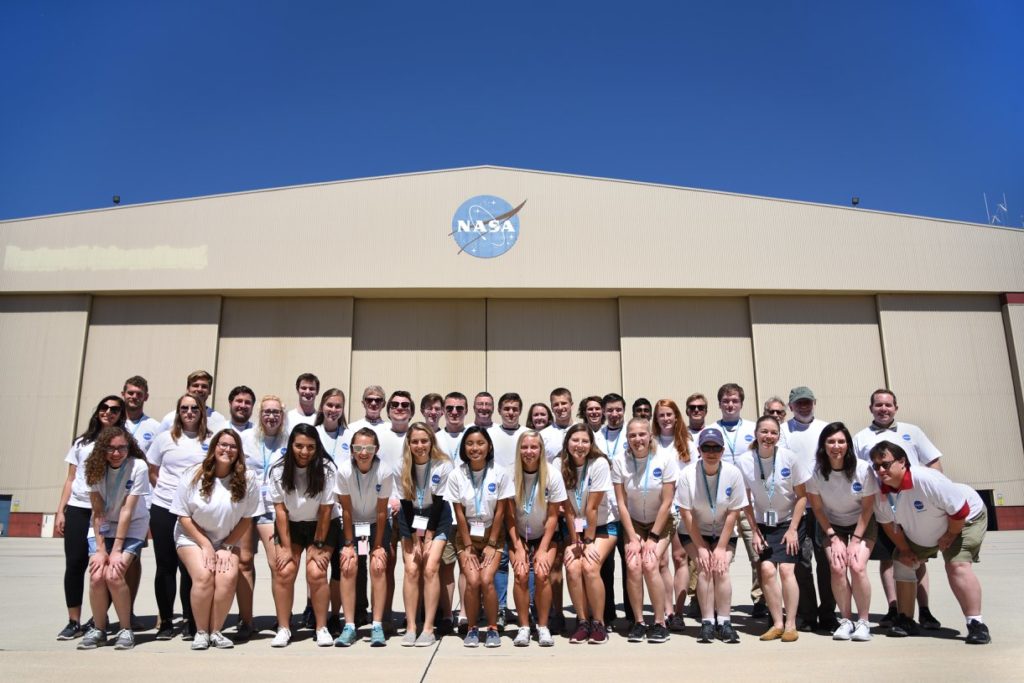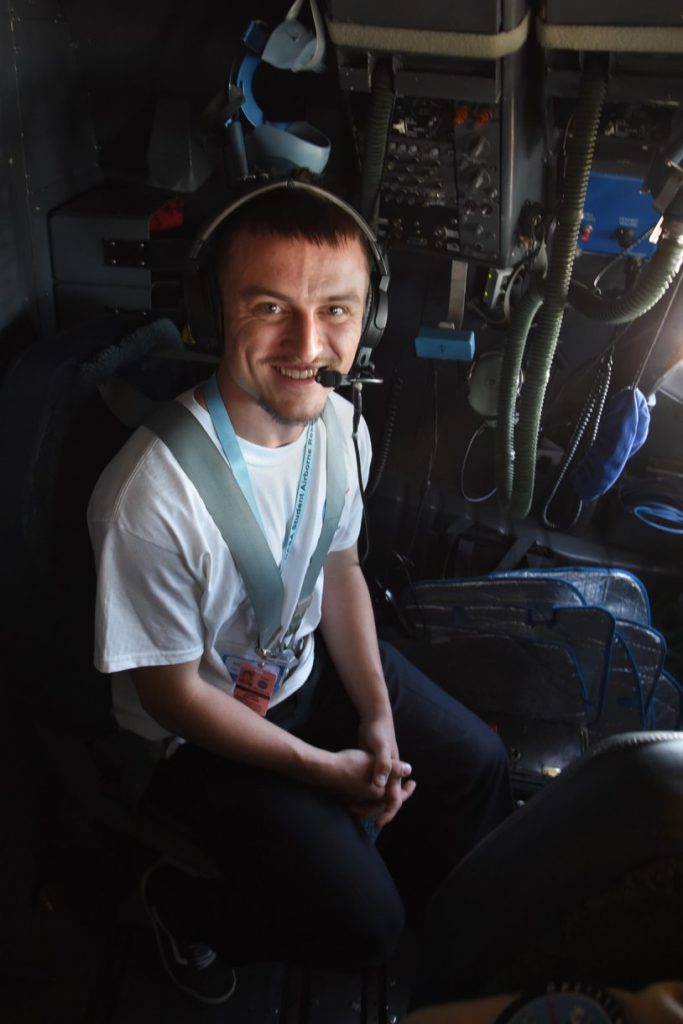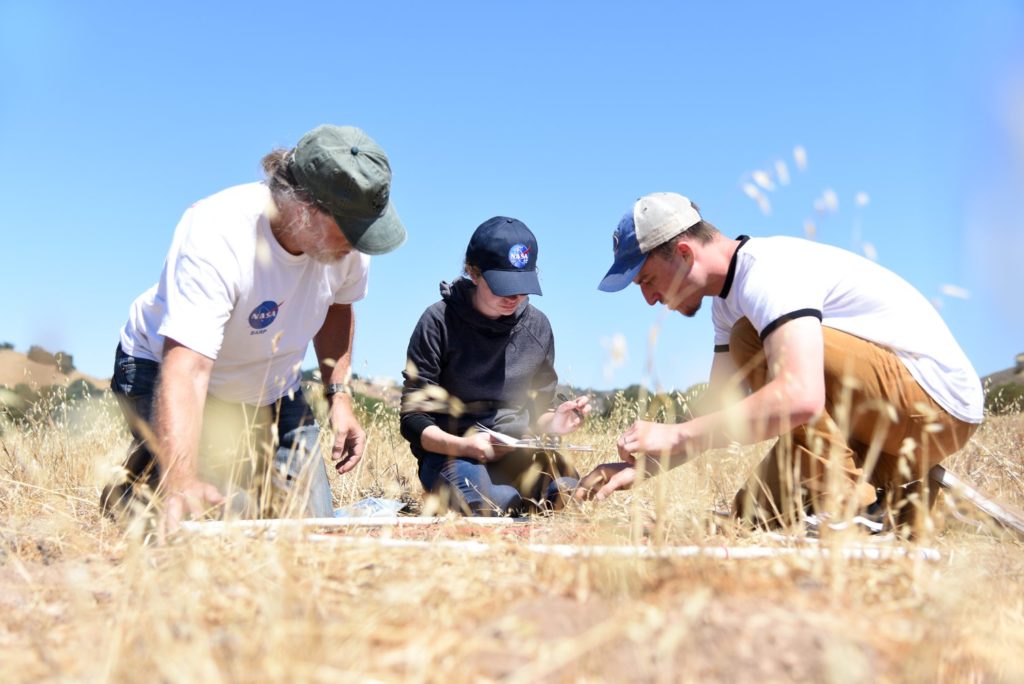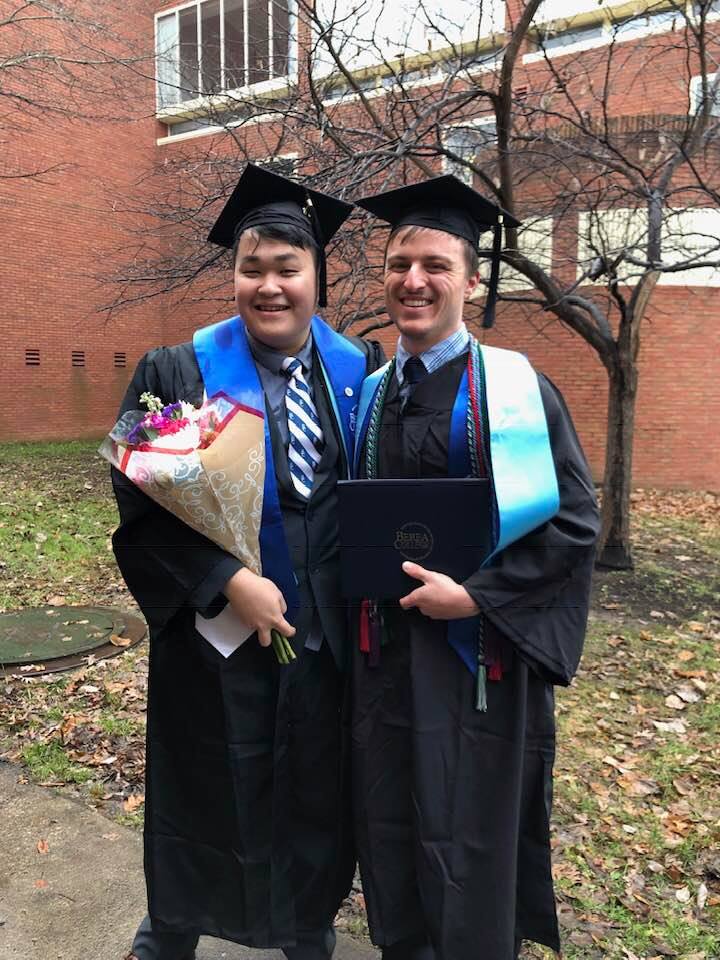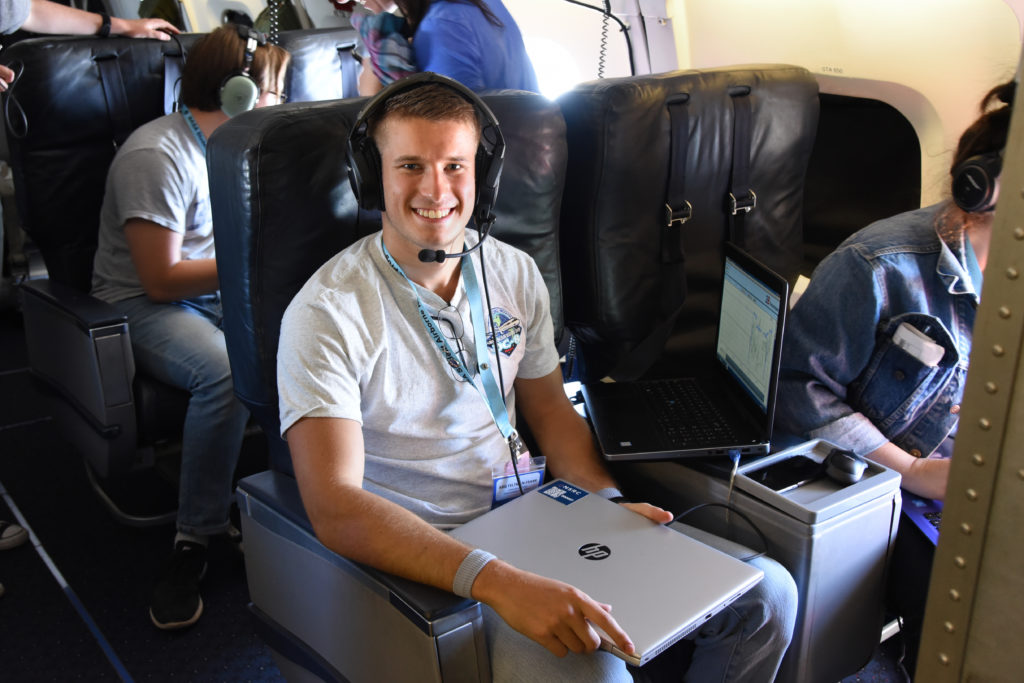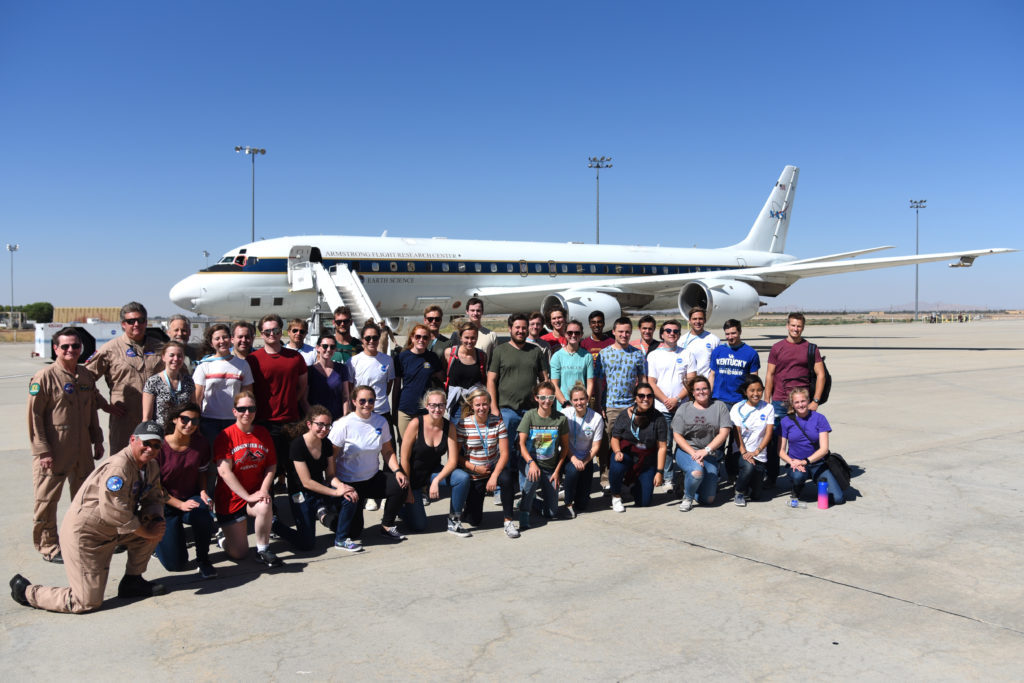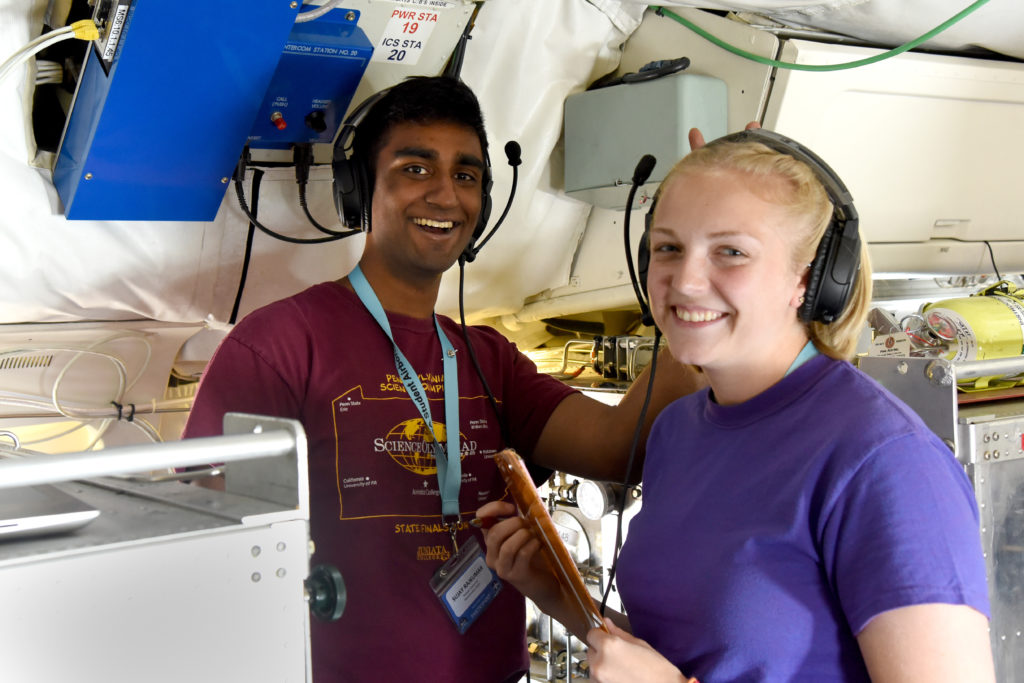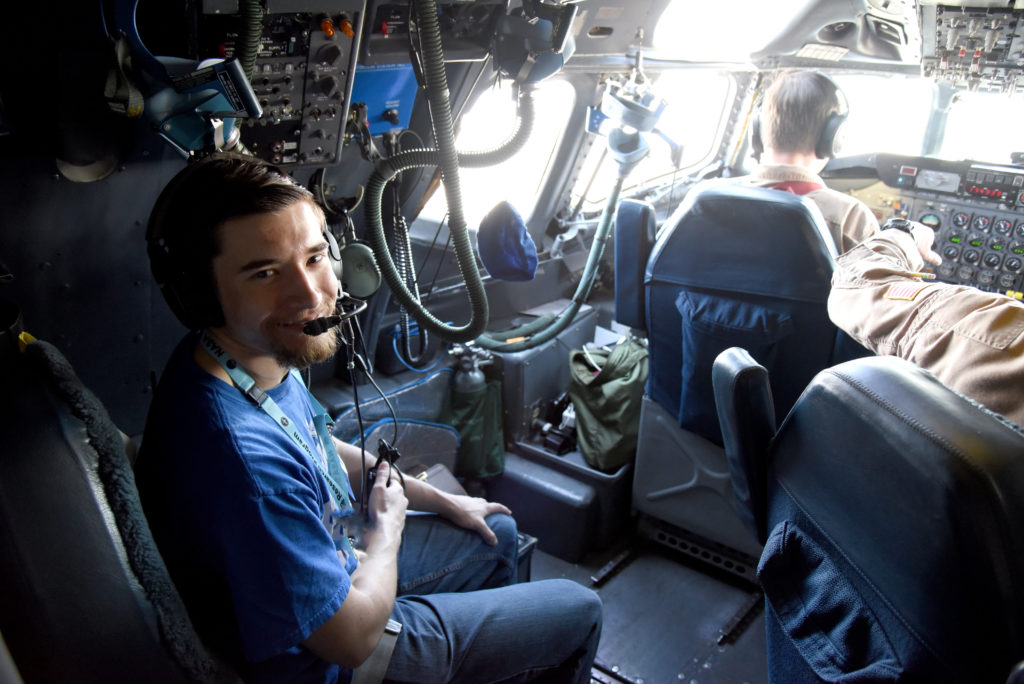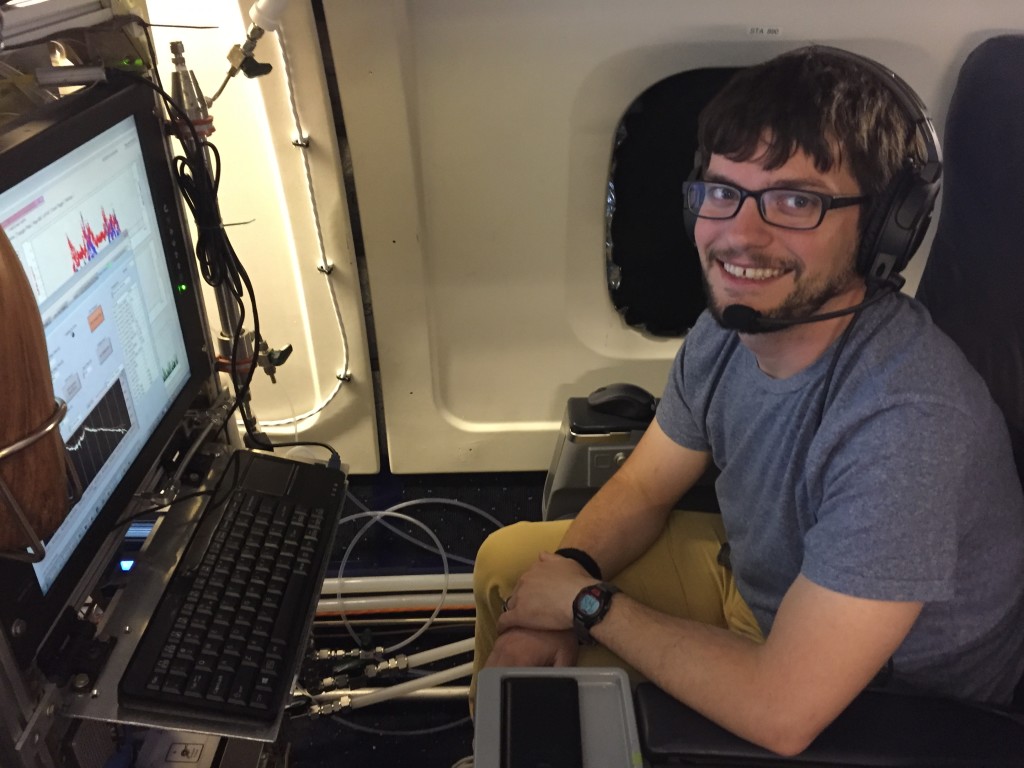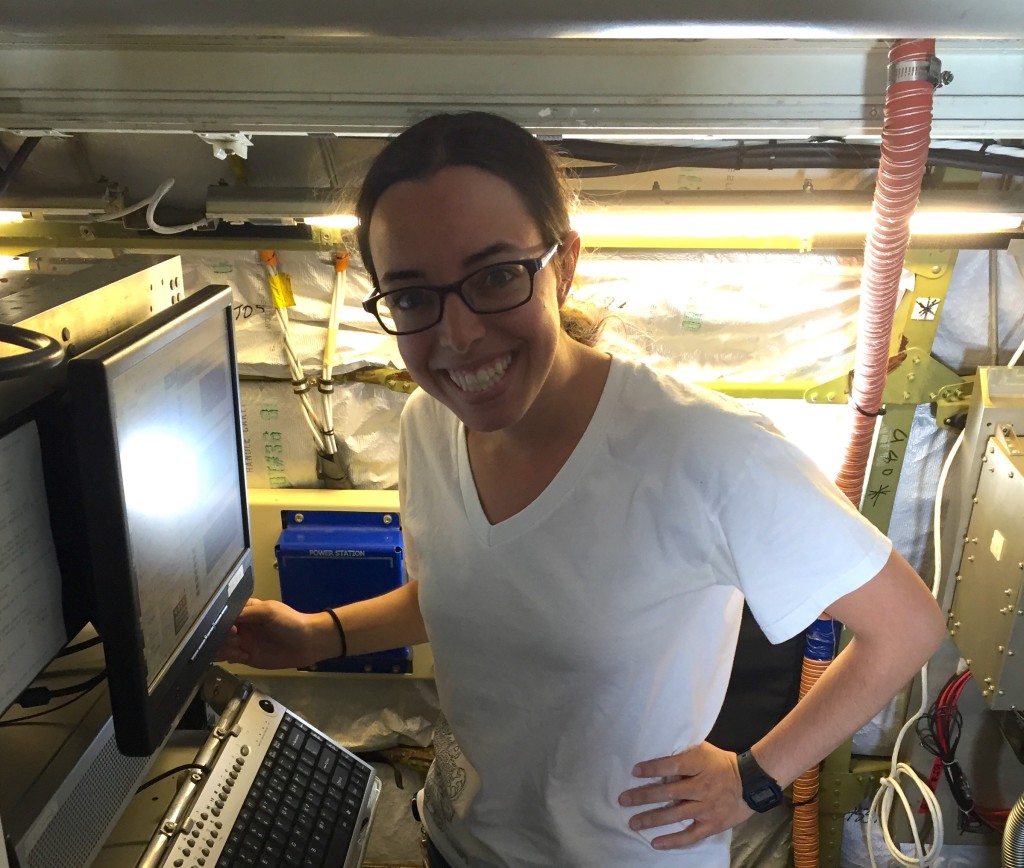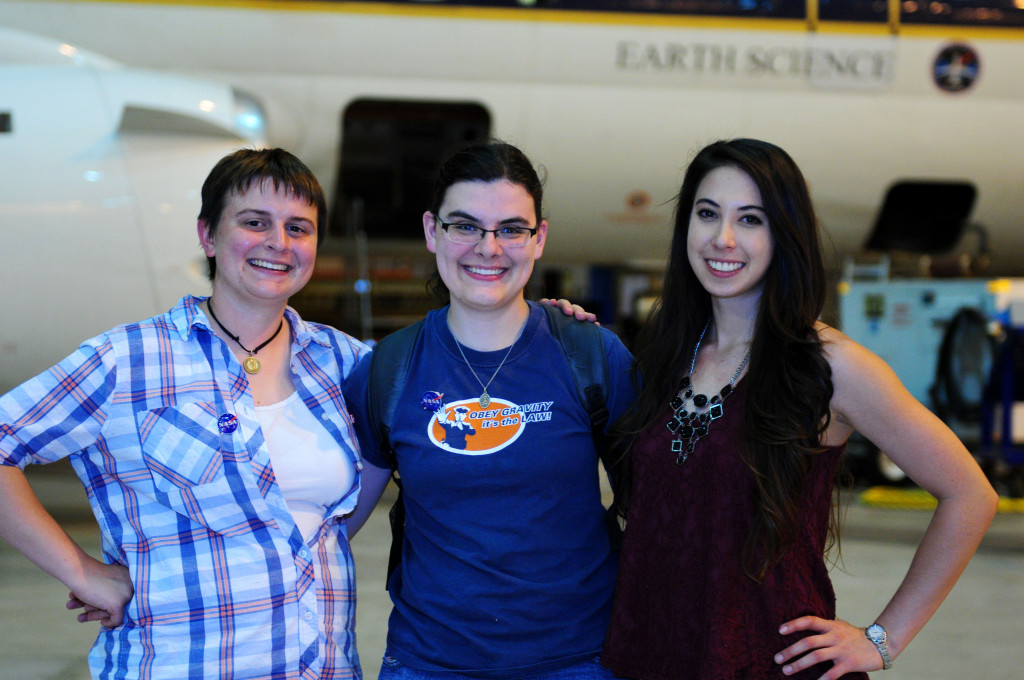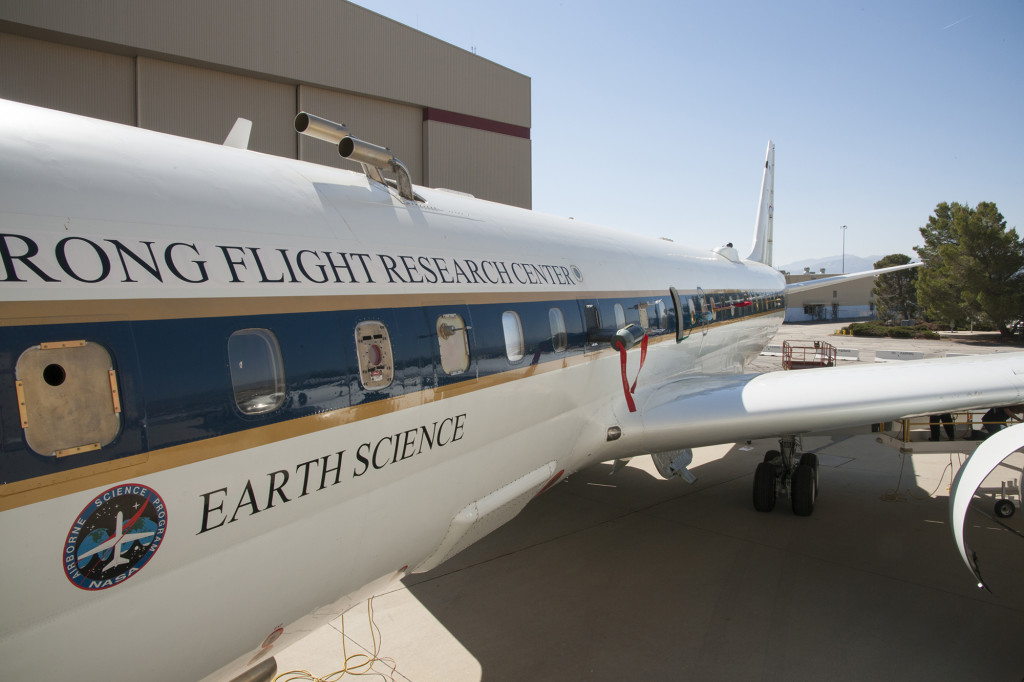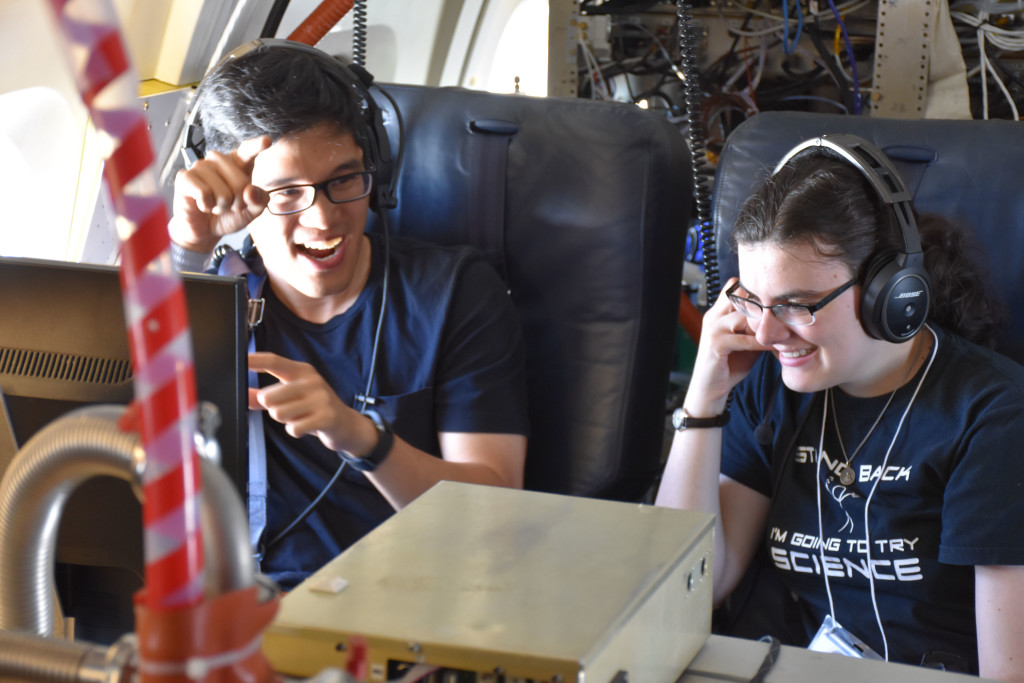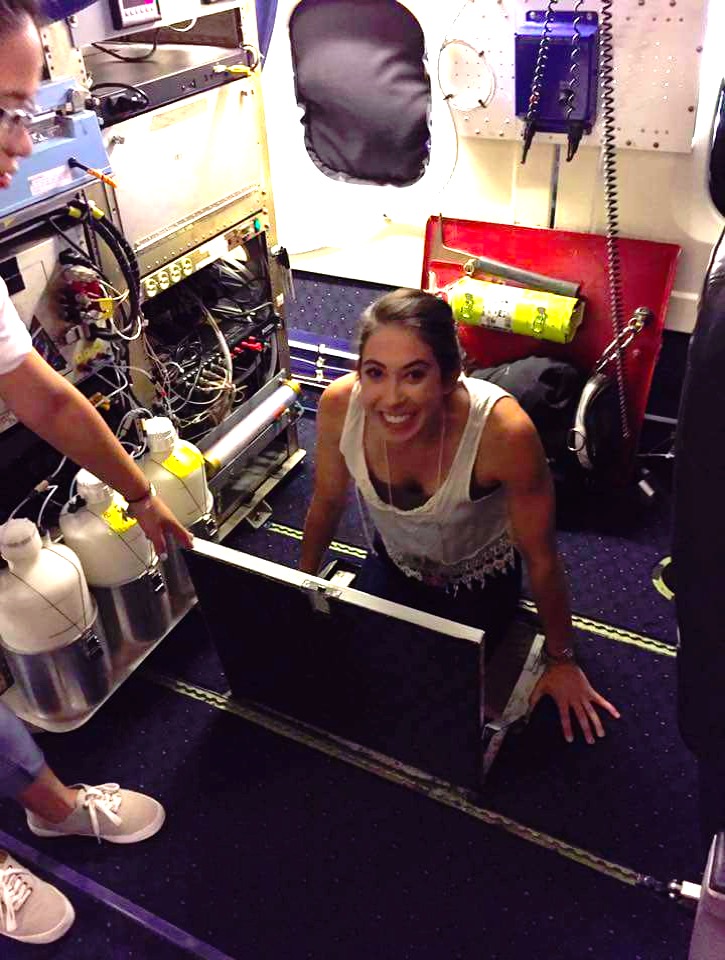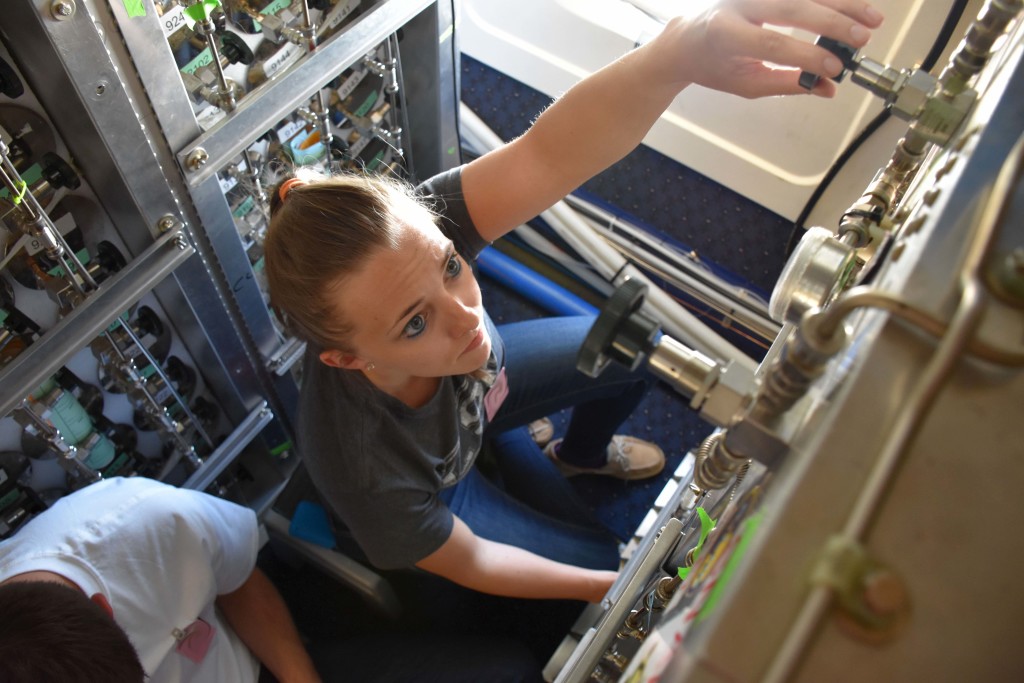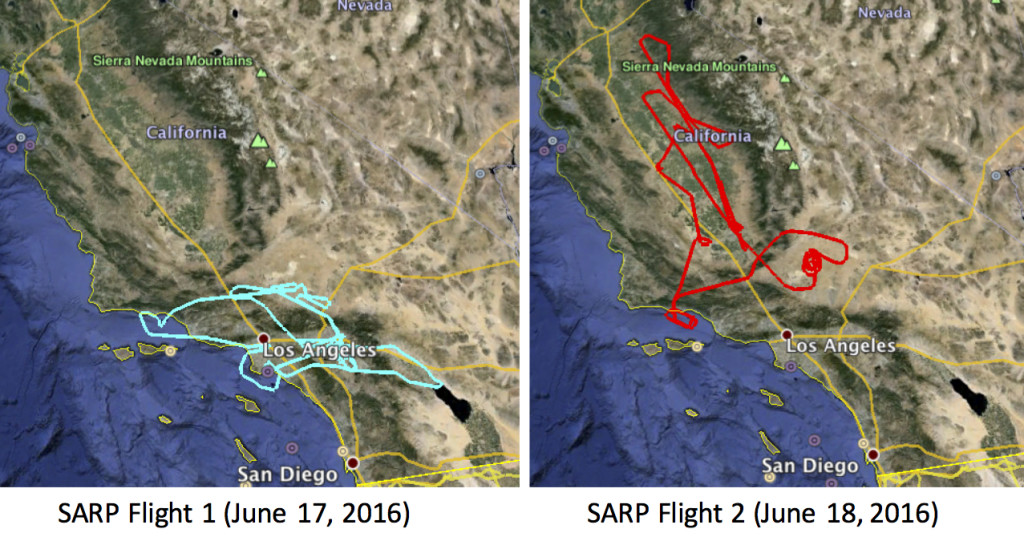by Brenna Biggs / SKIES OVER CALIFORNIA /
The world is full of diet and exercise plans. Eat less carbs, eat more carbs, practice yoga, go for a run.
In my opinion, the most consistent way to burn calories is by working for the Whole Air Sampling (WAS) group in the Rowland-Blake lab. Fortunately, as an atmospheric chemist and PhD candidate, I get to work for (and work out with) them full time.
I had the incredible opportunity to represent WAS as a Science Mentor for NASA’s Student Airborne Research Program (SARP) this summer.
I mentored seven undergraduate students from universities all around the United States. Together, we developed and executed seven different projects studying air quality in California. Most people are familiar with gases like nitrogen and oxygen, which do make up a large percentage of what we breathe. However, WAS is more focused on the “trace gases”—compounds like methane or carbon dioxide that still play important roles in climate and human health. All SARP projects were based on current field work as well as previous data.
The WAS group collects air samples inside stainless steel, 2-liter canisters. The canisters are emptied before sampling, so they suck in air upon opening. We can collect these samples on the ground, in mobile labs, or aboard NASA’s aircraft to figure out what gases make up the air. For SARP, we hooked up twenty-four of these canisters together to form what we call a “snake,” aptly named because of the snaked appearance of the tubing. NASA’s DC-8 airplane can carry up to seven snakes at a time. These are hooked up to a pump, which pulls in air from outside the plane. Samples are collected at various altitudes over varying topography from within the hot airplane. The combination of low altitude and heat can lead to a very bumpy ride, which results in many students and mentors getting motion sickness and vomiting above scenic locations around California. It sounds gross, but puking for science is a noble cause.
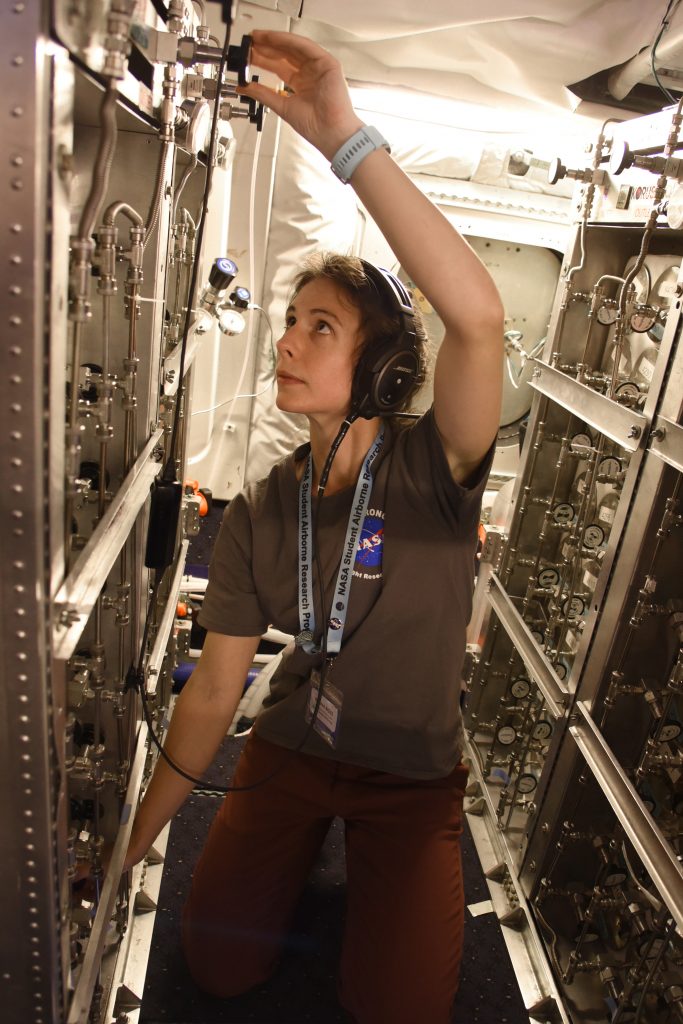
You are probably eager to learn what snakes on a plane have to do with staying in shape. After SARP flights are complete, the students detach the filled snakes and swap them out with fresh ones. The snakes weigh a minimum 70 pounds each! Each one must be delicately finessed out of the WAS rack, carried though the long aisle of the plane amidst bustling scientists, and transported down the stairs, where they are packaged into boxes. From there, they are loaded onto a truck for their journey back to the University of California, Irvine. This all requires a lot of upper body strength.
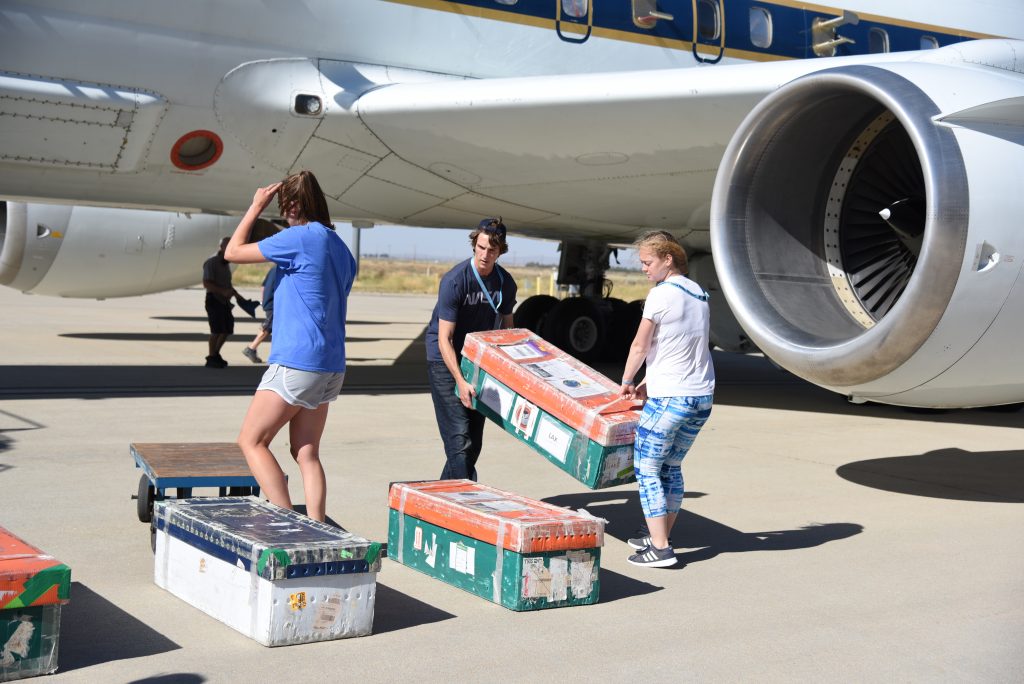
Once the snakes arrive in Irvine, SARP students analyze the canisters alongside lab technicians to determine the identity and concentration of nearly 100 gases. WAS students in SARP have the unique opportunity to not only collect samples relevant to their research projects but also enjoy some hands-on lab experience! Don Blake, our fearless leader and faculty mentor, is the Rowland-Blake group’s principal investigator. He has been an integral part of SARP since its inauguration in 2009.
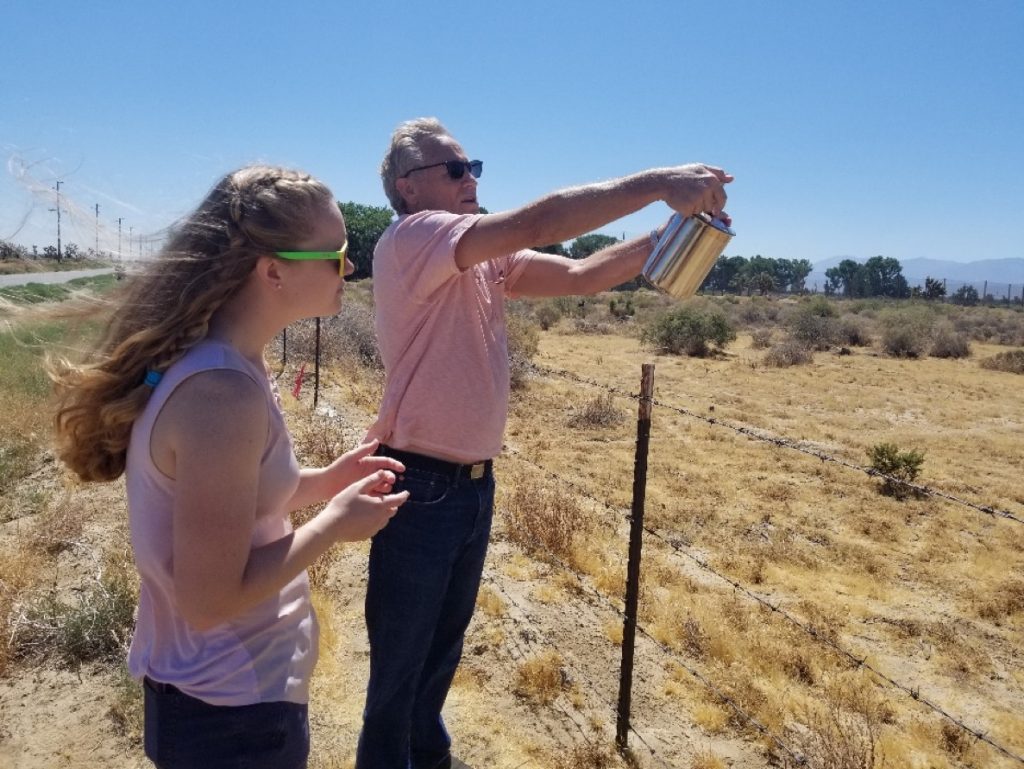
This summer, the WAS SARP students had projects that varied regionally and over time. As a group, my students were able to incorporate every year of the SARP dataset; that’s over a decade of data! Many of my students chose to focus on California’s Central Valley, which has a reputation for poor air quality due to a combination of topography oil drilling and agricultural activity.
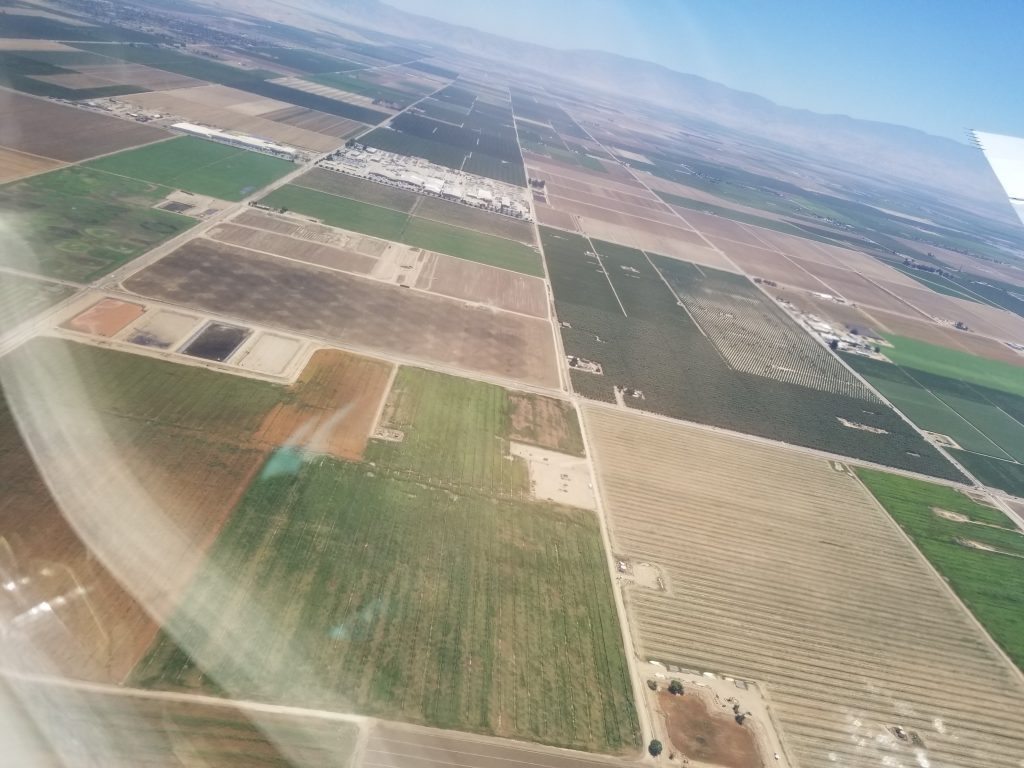
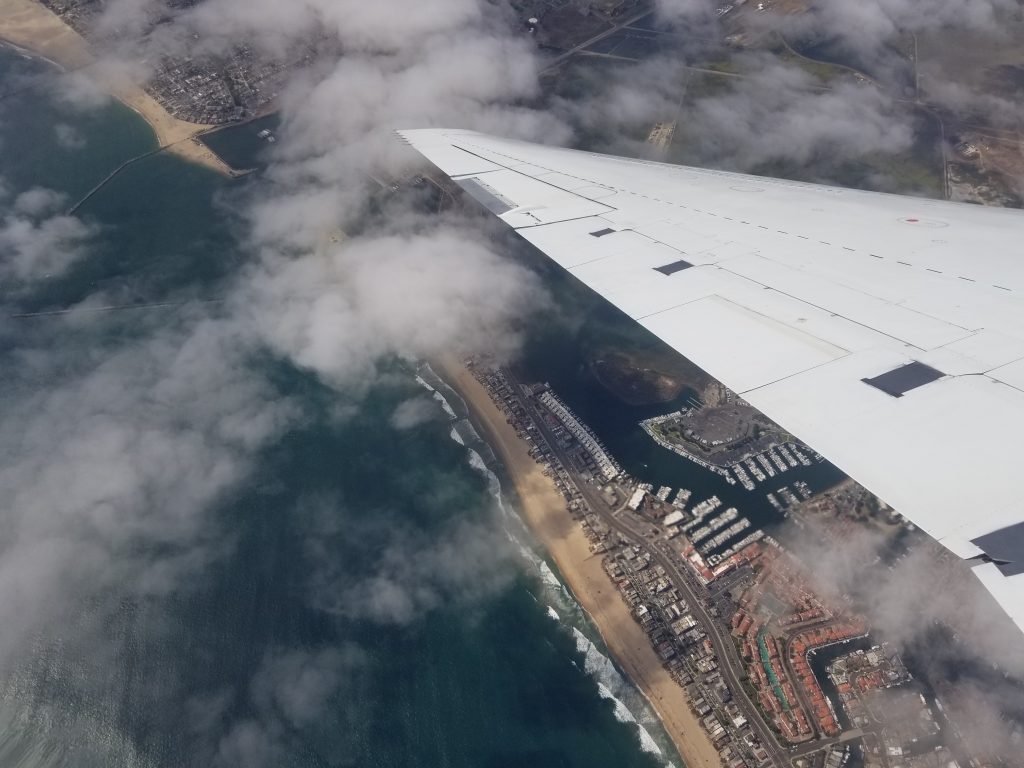
Using archived WAS data from previous SARPs, Bronte Dalton, a student from Columbia University, analyzed hydrocarbons, such as methane and ethane, to discover potentially unreported oil spills. She found oil throughout sparsely populated areas in the San Joaquin Valley. Katrina Rokosz, a student from University of Vermont, found elevated levels of marine gases wreaking havoc within the Valley, year after year. She showed not only that these gases were likely coming from the ocean, but also how they could affect air quality for people living in the region.
In addition to past data, my students also used data collected in 2019. One exciting opportunity arose after the magnitude 7.1 earthquake near Ridgecrest, California. Melissa Taha, a student from California State University, San Bernardino, focused on measuring gases that resulted from the earthquake. We were able to adjust the SARP flight plans to include waypoints near Death Valley, where aftershocks continued to occur. At low altitude near the faults, WAS and other instruments measured several gases. Measurements of elevated levels of these gases could be used to better understand earthquakes in the future
Samuel Dobson, a student from Henderson State University, determined how elevated ethanol emissions from wineries affect disadvantaged communities in California. During the SARP flights this year, we targeted wineries within the Central Valley to determine the spread of these emissions. I also drove the students to these wineries to collect air samples. We visited boutique wineries near the airplane hangar in Palmdale. We even traveled as far as Fresno, California, to sample at a very large, industrial winery. (It looked more like an oil refinery!)
This summer was challenging, rigorous, and highly worth it. My students successfully selected difficult research questions and worked hard to find answers. They pushed the limits of their own understanding, and I could not be prouder of them.

